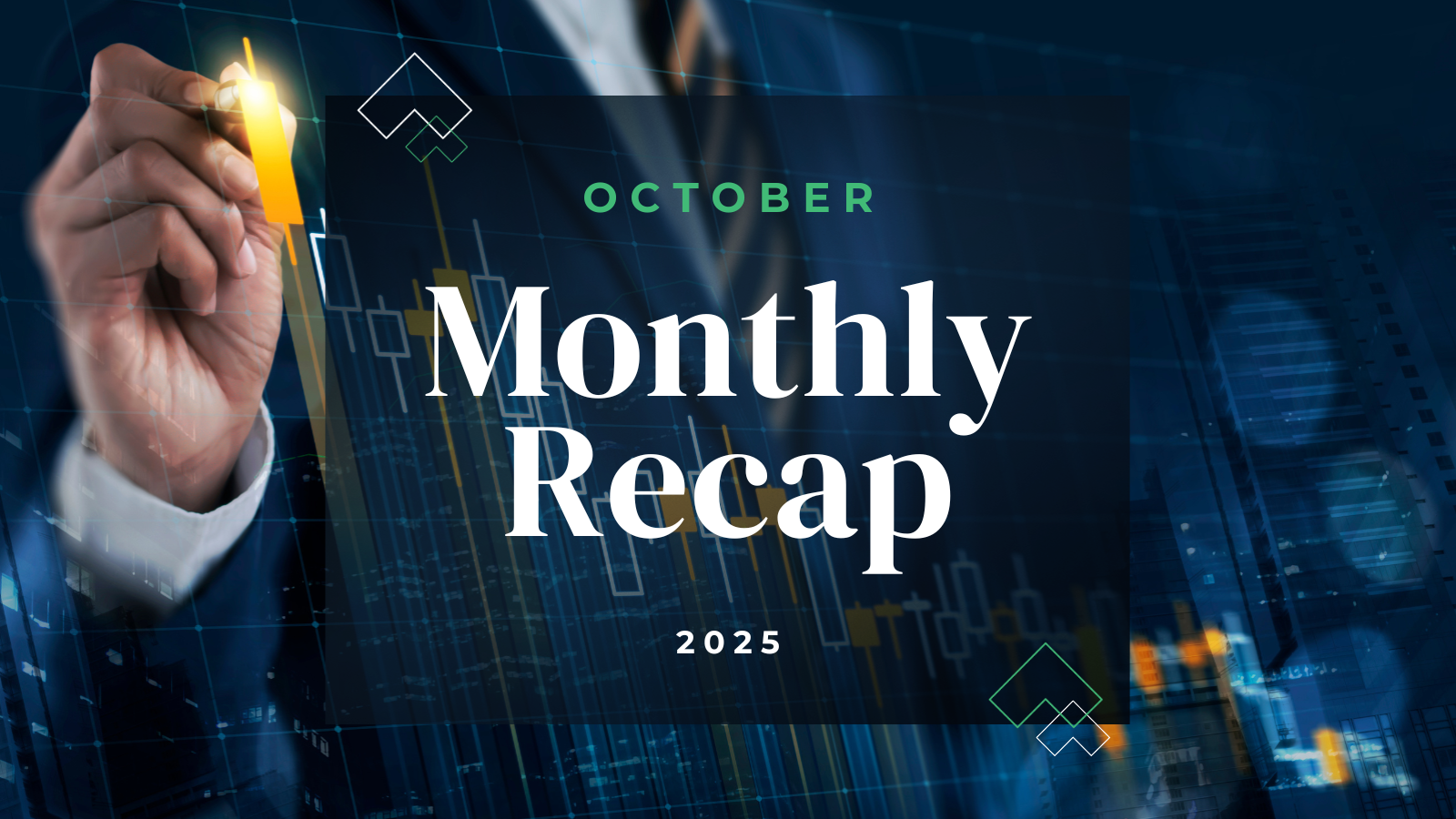By Aoifinn Devitt, CFP® – Chief Investment Officer
The end of Q3 is upon us and September has proven to be a month of transition. We have transitioned into a little more edginess in markets, as inflation proved stubborn and growth was muted. The second quarter growth figures for the economy came in at 2.1% (down from the previous quarter’s 2.2%), while personal consumption rose only 0.8% – its slowest pace of increase since early 2022.
Markets were slightly more positive in recent days but are still down over 4% (S&P) month to date, and rising fears of a government shutdown are sending longer term yields upwards.

Mortgage rates continue to rise, reaching their highest level in 23 years (at 7.31% for a 30-year fixed rate). Meanwhile, the US 7 year reached its highest yield since 2009 seemed to give support to the “higher for longer” thesis. Longer term rates are all inching up, and not just in the US. While this might sometimes be deemed to be a positive signal, this time around it seems to suggest more jitters and wariness around the creditworthiness of the government, particularly as the odds of a government shutdown approaches.
While very much a fluid situation, the current outlook around that is that with government funding set to run out at midnight on Sunday the days left to seal a deal in Congress are running down fast. Most of the disagreement seems to reside in the House of Representatives at this juncture, with sparring and robust rhetoric emerging from both sides of the partisan divide. The impact of a shutdown has been well documented in practical terms – disruption of federal programs, the suspension of paychecks of up to 4 million federal employees, and other stoppages and closures. The consequences are known as shutdowns have occurred 20 times in the last 4 decades with the longest lasting 34 days at the end of 2018.
What is less clear is the impact on markets. While all uncertainty is generally negative for markets, the frequency of partisan bickering and standoffs has dulled its market impact somewhat. Analysis of these shutdown periods has shown that the S&P 500 has actually gained an average of 0.1% during government shutdowns since 1975. It is also probable that, post COVID, the economy has learned to adapt and pivot during cancelations, changed plans and the unexpected. The jostling over the debt ceiling earlier this year yielded little to no impact on markets, while the pending election year in 2024 could increase the political cost of being seen to disrupt the workings of government.
Another concern for investors might be the impact on payment of coupons or principal on outstanding Treasury debt – in the history of the previous shutdowns there has never been a missed payment of a coupon or principal and the debt ceiling action in May should also support regular servicing of all principal and interest on US Treasury debt.
We are watching the situation closely as we enter the critical last few hours prior to the funding deadline, but will not be recommending any changes to investing strategies in response to the current uncertainty. Current yields reflect both the prospect of interest rates staying higher for longer as well as some of the uncertainty regarding the economic outlook, and we don’t expect any negative surprise to affect short term bond holdings or equity markets. While markets continue to be unsettled, the fundamentals of solid employment and steady consumer spending remain as ballast. Similarly, earnings outlooks are generally positive for the third quarter, while the prospects of the “magnificent seven”, mostly large tech stocks are withstanding the deep and constant scrutiny that their recent outperformance has attracted. Analysts are searching – assiduously – for the canary in the coalmine among these stocks. So far it is eluding them. Steady as she goes.
© 2023 Advisory services offered by Moneta Group Investment Advisors, LLC, (“MGIA”) an investment adviser registered with the Securities and Exchange Commission (“SEC”). MGIA is a wholly owned subsidiary of Moneta Group, LLC. Registration as an investment adviser does not imply a certain level of skill or training. The information contained herein is for informational purposes only, is not intended to be comprehensive or exclusive, and is based on materials deemed reliable, but the accuracy of which has not been verified. Trademarks and copyrights of materials referenced herein are the property of their respective owners. Index returns reflect total return, assuming reinvestment of dividends and interest. The returns do not reflect the effect of taxes and/or fees that an investor would incur. Examples contained herein are for illustrative purposes only based on generic assumptions. Given the dynamic nature of the subject matter and the environment in which this communication was written, the information contained herein is subject to change. This is not an offer to sell or buy securities, nor does it represent any specific recommendation. You should consult with an appropriately credentialed professional before making any financial, investment, tax or legal decision. An index is an unmanaged portfolio of specified securities and does not reflect any initial or ongoing expenses nor can it be invested in directly. Past performance is not indicative of future returns. All investments are subject to a risk of loss. Diversification and strategic asset allocation do not assure profit or protect against loss in declining markets. These materials do not take into consideration your personal circumstances, financial or otherwise.



